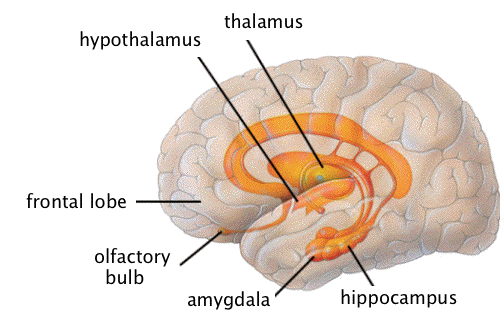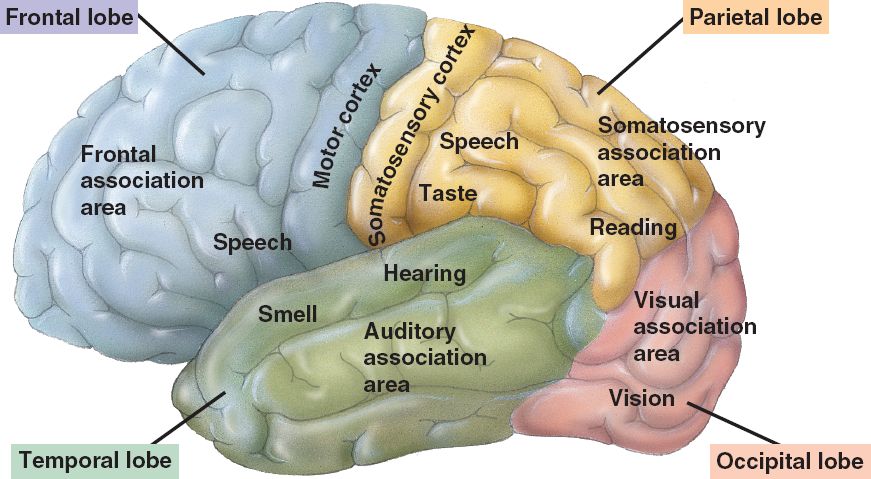The nervous system is designed to recieve stimuli from inside and outside the body and to respond to them in order to regulate body functions and maintain homeostasis.
The nervous system is built up of specialized cells, which we dealt with when we studied histology (the study of tissues). You can review it
here. Scroll down to "nervous tissue".
Information is carried through the nervous system along neurons.
The direction of information flow in a neuron is always from the dendrite to the axon.
We say that the "nerve impulse" carries the information. An impulse is actually a change in the cell's charge (an electrical signal). Neurons have a
resting potential of -70mV. This is the charge of the cell when no information is being sent along it. When a strong enough impulse arrives, the voltage gated sodium channels found in the cell's membrane open. This causes the inside of the axon to become more positive than the outside.
 |
| Na-channel opening |
The positive charge causes the neighbouring sodium channels to open, allowing the charge change to move along the axon. Once the initial change in charge has occurred, the sodium channels close and potassium gates open. Potassium is pumped out of the cell to bring the charge back to -70mV. The region where this occurs is called the refractory region and a new impulse cannot occur there until it has returned to the resting potential.
 |
| Impulse conduction along the axon |
At this point, there are more sodium ions inside the cell and more potassium outside the cell. The sodium-potassium pump plays a role in balancing the difference and also in maintaining a resting potential of -70mV
All of what has just been explained is called the
ACTION POTENTIAL, which is shown below in its graphical form.
On the graph, numbers 1 and 4 represent the resting potential, when the cell is not transmitting any information. When the sodium channels open, the charge of the cell rapidly becomes positive as sodium ions rush in. This is called
depolarization. Once the sodium channels close and the potassium channels open, the potassium rushes out, causes the charge to become negative again. This is
repolarization. The return from hyperpolarization (the dip below -70mV) and the maintance of the resting potential is carried out by the sodium-potassium pump.
This
video is a nice explanation of the action potential.
Saltatory conduction refers to the rapid conduction of the impulse down a myelinated axon, where channels opening and closing only occurs in the nodes of Ravier.
Neurons have spaces between them. They never actually touch the neighbouring cell. The axon comes up close to the neighbouring cell's dendrite, but a space remains, which is the
synapse.
Information crosses across the synapse in chemical form. These chemicals are called
neurotransmitters. The neurotransmitter is released from the axon, it crosses across the cleft (space) and binds to a receptor on the dendrite.
The attachment to the receptor causes the action potential to begin and pass along the next cell, transmitting the impulse further.
Types of neurons
Neurons can be classified by their function. Sensory neurons carry signals from the body to the central nervous system (CNS), which is the brain or the spinal cord. Interneurons pass signals between the sensory neurons and the motor neurons and are found within the CNS. Motor neurons carry information from the CNS back out to the body in order to "make something happen".
Neurons are then bundled together to form nerves. Each neuron is wrapped in a sheath and each bundle of neurons is wrapped in connective tissue. All the bundles are then held together by more connective tissue to form nerves made up of hundreds to thousands of neurons.
Nerves can also be classified.
Motor nerves carry only motor neurons, thus carry information from the CNS to the body.
Sensory nerves are made up of purely sensory neurons, carrying information from the body to the CNS.
Mixed nerves are made up of both motor and sensory neurons, thus carry information in both directions.
THE CENTRAL NERVOUS SYSTEM (CNS)
The CNS is made up of the brain and the spinal cord. The brain is found in the skull (which provides physical protection) and is surrounded by 3 layers of meninges (pia matter, arachnoid matter and dura matter), which provide further protection.
The human brain has multiple areas, the largest of which is the
cerebrum (nagyagy). It is considered to be responsible of the higher functions of the brain. The cerebrum is divided into two hemispheres. It was once believed that the left and right sides of the brain took on slightly different roles, with the left brain being associated with logic and language, while the right brain was associated with creativity and being artistic. Modern research is showing that it is not quite that simple. Nonetheless, the right brain does control motor function of the left side of the body and the left brain controls motor function on the right side of the body. The cerebrum is also divided up into lobes. At the front are the
frontal lobes which are associated with reasoning and problem solving and are the last part of the brain to complete development. Behind the frontal lobes are the
parietal lobes, which are associated with touch, taste, reading and language. At the very back of the cerebrum are the
occipital lobes, which are associated with vision, while at the sides of the cerebrum are the
temporal lobes, which are associated with hearing.
 |
| External side-view of the brain. The wrinkly portion is the cerebrum, the small brownish part is the cerebellum. |
 |
| Lobes of the cerebrum |
Below and at the back, the
cerebellum (kisagy) is also visible. It plays an important role in balance and coordination, as well as precision and accurate timing of motions.
 |
| Cross-section of the brain, showing the internal structures |
Between the cerebrum and the thalamus is the corpus callosum, which allows the two hemispheres to communicate with each other.
In the middle region of the brain, the thalamus can be found. It is involved in sensory perception and it controls sleep and awake states of consciousness. It is thought of as a kind of hub of information, since every sensory system (except smell) travels through the thalamus on its way to the cerebrum.
The hypothalamus and the pituitary gland control the body's hormonal systems. They both produce hormones and the pituitary stores hormones until they are needed. These hormones act upon other hormone producing glands, to stimulate hormone production. The pituitary also produces some hormones that have direct effects on body temperature, production of urine and growth.
The brain stem is composed of the midbrain, the pons and the medulla oblongata. The midbrain plays a role in body movement, vision and hearing. The pons relays signals from the forebrain to the cerebellum and affects respiration, swallowing, equilibrium, sleeping states, etc. The medulla oblongata is responsible for multiple involuntary function, like sneezing, etc.
The spinal cord
A long bundle of nervous tissue that extends from the brain. It is part of the central nervous system. It transmits signals from the brain to the rest of the body. By itself, it can control numerous reflexes. It is protected by meninges and cerebrospinal fluid.
 |
| Cross-section of the spinal cord |
The spinal nerves enter the spinal cord at its sides. Sensory information arrives from receptors through the dorsal root ganglion into the grey matter in the middle of the spinal cord. The sensory neuron will then pass the impulse to an interneuron or directly to a motor neuron. Motor neurons carry the impulse out of the spinal cord through the ventral root of the nerve.
Grey matter makes up the central portion of the spinal cord and it is generally cell bodies and dendrites, while white matter make up the dorsal, ventral and lateral parts of the cord and contains the myelinated axons of neurons running up or down the length of the spinal cord. It is the myelination that gives the white matter its colour. This area is divided into ascending and descending tracts of neurons.
Pyramidal and Extrapyramidal Tracts
The pyramidal tracts run from the cerebrum through the midbrain and pons to the medulla oblongata, where they cross-over and continue down the spinal cord on the opposite side. Thus, motor innervation of the right side of the body is controlled by the left side of the brain and vice versa. The pyramidal tracts control all intentional movement and learned fine motor coordination, like writing.
The extrapyramidal tracts include parts of the cerebrum, midbrain, cerebellum and brainstem. These are pathways for coordination of movement and control of muscle tone, as well as controlling large motor movements and motions that reflect emotions. The extrapyramidal system is very ancient with 3 of the 4 pathways found in humans being shared with salamanders!!
Why is your brain wrinkly? More wrinkles = larger surface area = more neurons = smarter! (okay it is a bit more complicated than that, but that is the general idea).
Functional divisions of the nervous system
The functionsal divisions of the nervous system refer to what that part of the nervous system does, the situations that it controls. The somatic nervous system is voluntary control of skeletal muscles, whereas the autonomic system is the involutary control of body functions.

The details of how the different system function are shown below, if you are really interested. :)
 |
|
The parasympathetic system is in charge of involuntary body functions when we are relaxed and resting. The typical effects are shown below. The sympathetic system kicks in when we are in a state of fear or great excitement. It is often referred to as the "fight or flight" response because it is designed for dealing with situations that we should run away from or battle with (eg. sabre-tooth tiger). Its typical effects are also shown in the image below.




















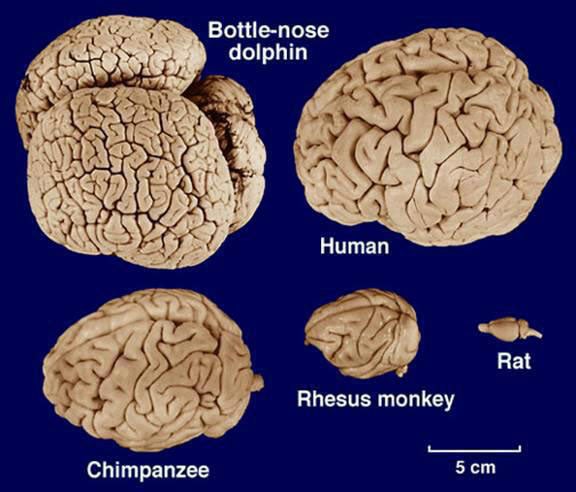





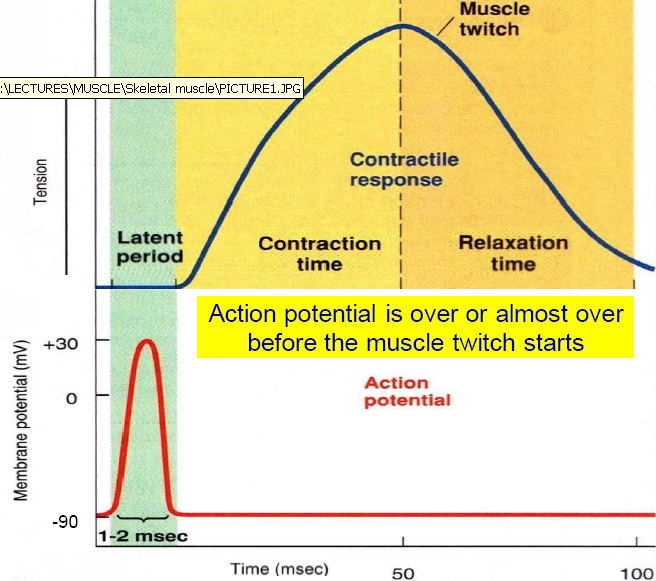











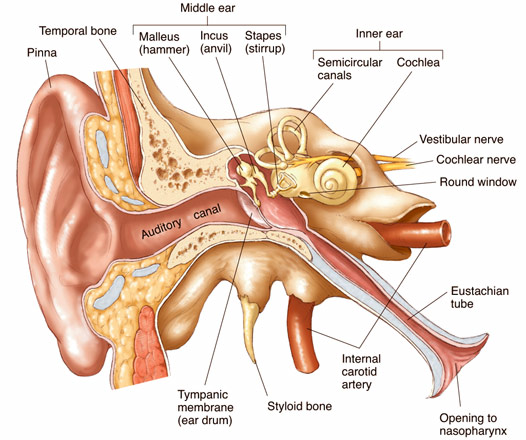



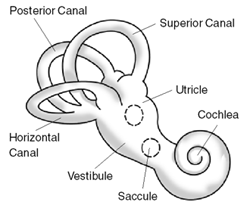
 Békésy György (1899-1972), biophysicist, worked in Budapest, Stockholm and the US
Békésy György (1899-1972), biophysicist, worked in Budapest, Stockholm and the US